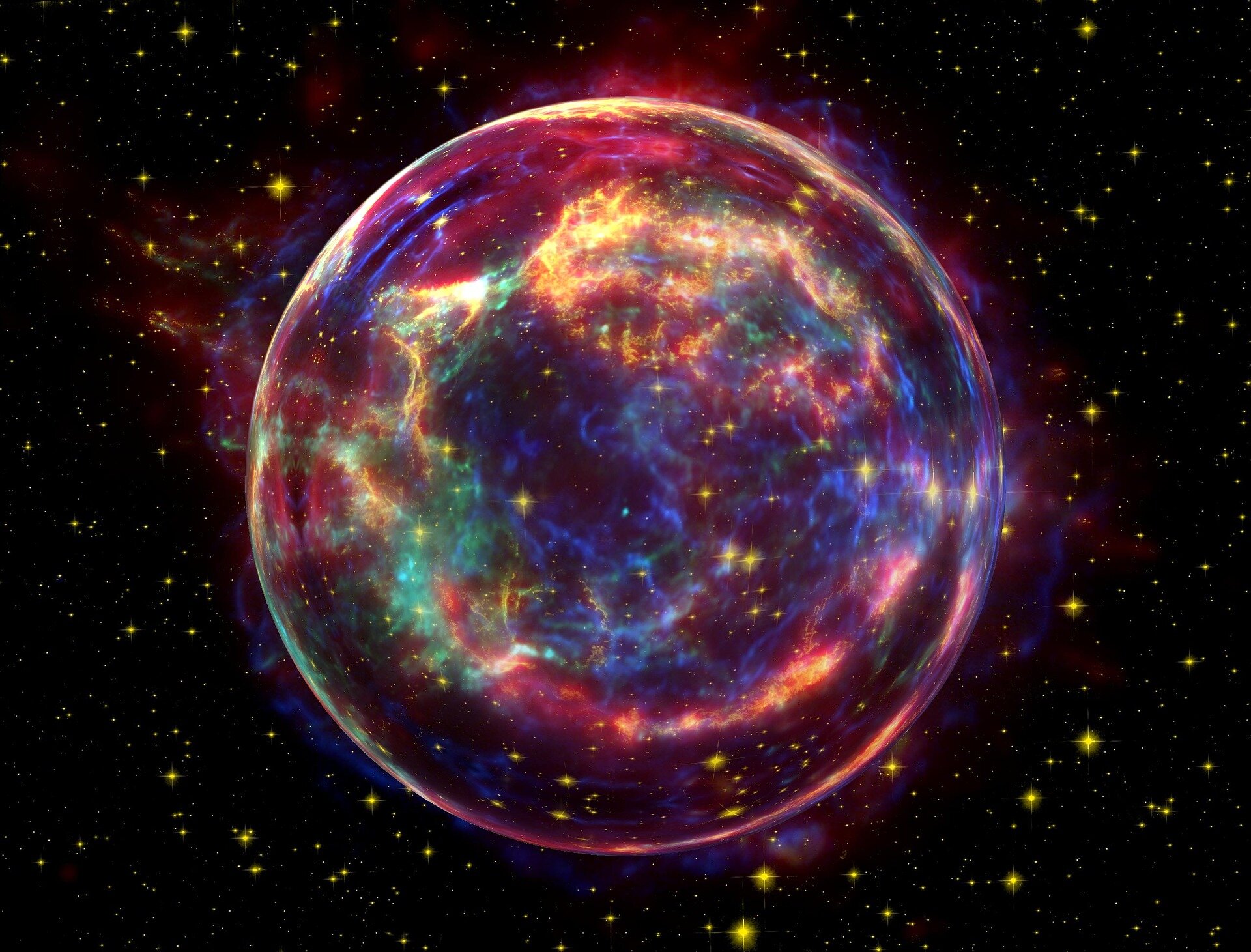#Experiments at French particle accelerator probe the properties of supernovae

“#Experiments at French particle accelerator probe the properties of supernovae”

The action of neutrinos in supernovae is poorly understood. When the core of a massive star at the end of its life collapses on itself under the effect of gravity, the electrons in the atoms combine with the protons in their nuclei, producing protons along with neutrinos. The neutrinos produced in abundance then escape from the neutron star being formed at a speed even faster than light. So much so that 99% of the energy emitted by a supernova is in the form of neutrinos! The explosion characteristic of supernovae that follows this episode is “driven” by neutrinos.
However, when the core of the star collapses, the neutrinos may be captured by free neutrons or neutrons in aggregates (light nuclei)—a process likely to influence the evolution of the supernova. Nuclear physicists wanted to look deeper into the subject by studying the concentration of neutrons in excited nuclear matter, using heavy ion collisions at Grand Accélérateur National d’Ions Lourds (GANIL) in Caen.
Light nuclei (deuterons, tritons, helium-3 isotopes, etc.) are created as protons and neutrons aggregate during the collision between projectile nuclei and target nuclei. The researchers’ aim is to gather the thermodynamic properties governing the aggregation of neutrons and protons in nuclear matter with a similar density to that of core-collapse supernovas.
To do this, they use a Bayesian analysis to calculate the probabilities of hypothetical causes—the thermodynamic “observables” governing the formation of aggregates—based on the observation of known events (the formation of light elements).
Using the INDRA (Nucleus Identification and High-Resolution Detection) detector at the GANIL Facility, researchers determined the chemical equilibrium constants of neutron and proton aggregates as a function of the density of nuclear matter, using measurements taken on six light nuclei. These values, subject to a high degree of uncertainty, are compared with a theoretical calculation.
To improve accuracy, other experiments are planned on heavier elements, using the FAZIA (Forward A and Z Identification Array) detector coupled to INDRA, which, through improved isotopic identification of heavier nuclei in particular, will significantly increase the accuracy of the experiment.
Searching for supernova neutrinos with Deep Underground Neutrino Experiment
Provided by
CEA
Citation:
Experiments at French particle accelerator probe the properties of supernovae (2020, November 9)
retrieved 9 November 2020
from https://phys.org/news/2020-11-french-particle-probe-properties-supernovae.html
This document is subject to copyright. Apart from any fair dealing for the purpose of private study or research, no
part may be reproduced without the written permission. The content is provided for information purposes only.
For forums sites go to Forum.BuradaBiliyorum.Com
If you want to read more Like this articles, you can visit our Science category.



